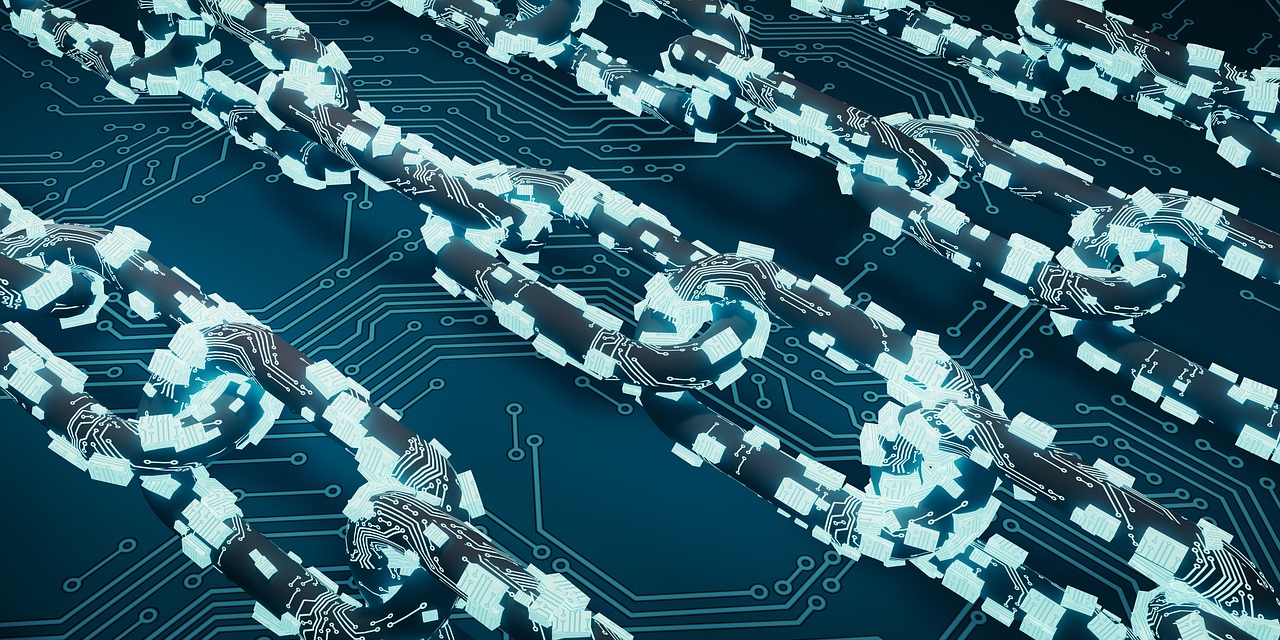The Blockchain Game


The meteoric rise of Bitcoin and other cryptocurrencies in autumn 2017 made blockchain technology a household term. Anonymous, unchangeable, and transparent, blockchain offers potential solutions to some of today’s biggest business problems. But there is still a lot of confusion about blockchain technology and how it works.
MU professor and technologist J Scott Christianson has found a way to clear up that confusion. He’s developed an exercise called The Blockchain Game for teaching blockchain technology.
Always seeking new ways to teach about emerging technologies, Christianson says, “I set out to develop a hands-on exercise that could be used with any group of students, from high school students to adults.”
“As an educator, I am very interested in how to teach students about blockchain technology without overwhelming them with technical details,” he says. The Blockchain Game uses no computers and instead has participants perform calculations by hand.
The game begins with an experimental exercise that involves storing student grade records on a blockchain ledger. A group of volunteers are chosen to participate as “faculty members” for the exercise, and a separate group of volunteers are chosen to participate as “students.”
The students are given an ID number – called a public key – to access their grades during the exercise. Each public key is one-half of a key pair that includes a private key. Through the game, participants learn how these key pairs are used in blockchain technology to maintain a transparent, anonymous record of transactions.
Volunteers playing the role of faculty members serve as nodes during the exercise. Blockchain nodes function to validate transactions that occur on a blockchain, and special nodes called miners both validate and execute the transactions on the blockchain.
Executing a transaction is known as hashing a block, and miners are rewarded for being the fastest to hash each new block, or transaction. Hashing is the process of solving a complex mathematical puzzle to validate and append new blocks to the blockchain. The first miner to solve the puzzle and achieve consensus (an agreement of at least 51 percent of the other nodes on the result of their hash) earns a reward for hashing that block.
After students are given their keys, the faculty are divided into two groups: miners and normal nodes. Miners are given the tools they need to calculate hashes and are put to work hashing blocks of student grades. The faculty, acting as normal nodes, wait to validate the work of the miners.
Once a block for a student grade is successfully hashed by a miner and consensus is achieved, the block is then appended to the other blocks hashed before it, creating a “chain” of blocks that contain student grade information.
After the last student grade is hashed by the miners, the exercise concludes by experimenting with making changes to student grades on the blockchain. A group discussion follows about the experiments and whether storing student grades would be a good use of blockchain technology.
In total, the exercise takes a little less than an hour to complete, and it works well with both large and small groups.
The Blockchain Game is available in English and German translations, and Christianson has made all of the exercise materials available for free under a Creative Commons License. He encourages educators and trainers to send him feedback about how they’ve used or modified The Blockchain Game. He is also happy to review or help CBT readers use the exercise and can be contacted at [email protected].


